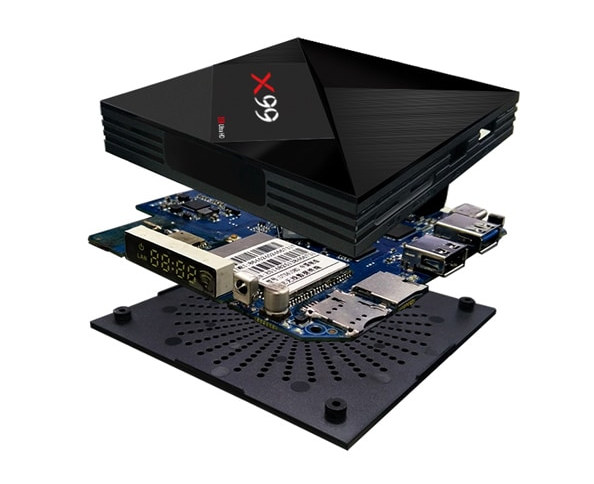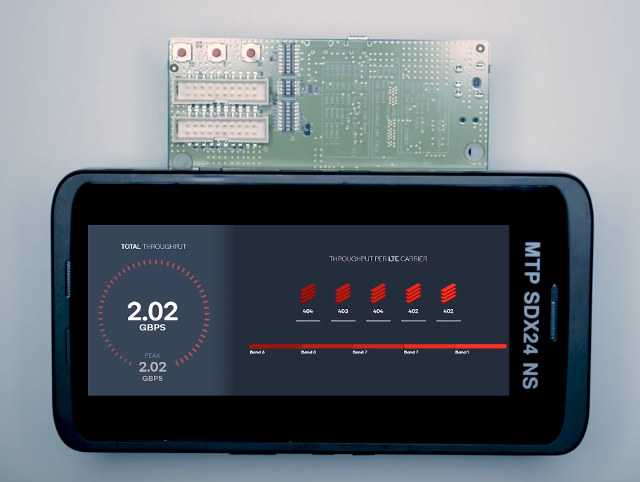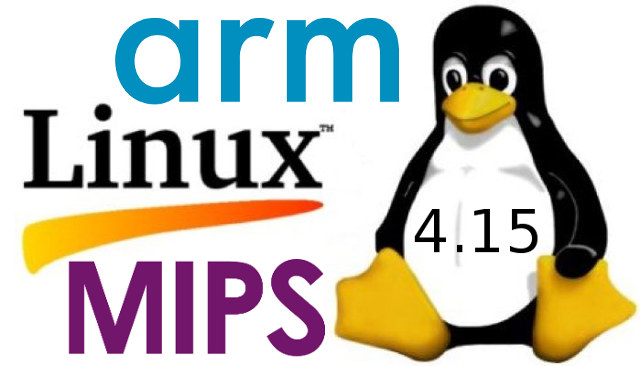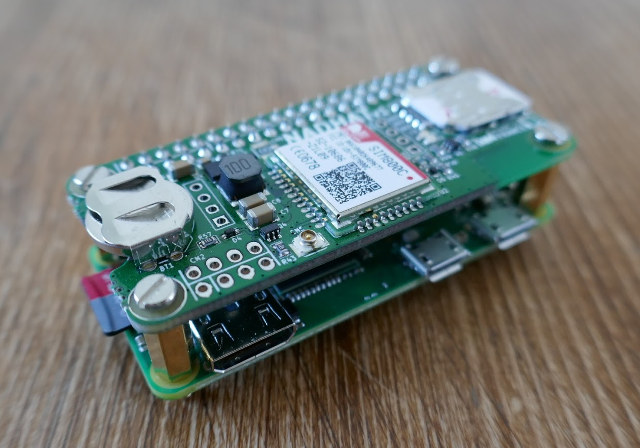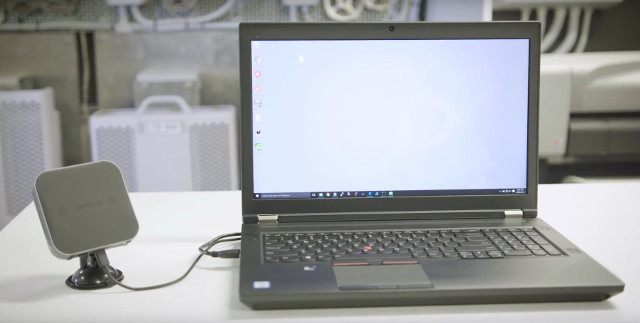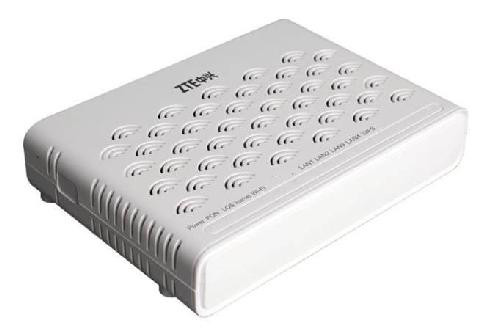We’ve previously seen a fair amount of TV boxes / mini PCs based on Rockchip RK3399 processor like Yundoo Y8 or Vorke Z3, which perform very well for tasks like web browsing and gaming, but required more work when it comes to video playback, at least in 2017 when I reviewed the devices. X99 is another one of those TV boxes with RK3399 SoC, 4GB RAM, 32GB storage, HDMI 2.0 output, Gigabit Ethernet, and so on, but interestingly enough it adds a SIM card slot too. The photo above appears to show a modem module close to the SIM card, but somehow none of the website explains which type (2G/3G/4G) of modem that is in X99 TV box specifications: SoC – Rockchip RK3399 hexa core processor with 2x ARM Cortex A72 cores @ up to 1.8 GHz, 4x ARM Cortex A53 cores, Mali-T860MP4 GPU System Memory – 4GB DDR3 Storage […]
Qualcomm Snapdragon X24 LTE Cat 20 Modem Supports up to 2Gbps Download Speed (in Theory)
Qualcomm can already achieve peak download speed of 1.2 Gbps over 4G cellular network in Snapdragon 845 processor thanks to its Snapdragon X20 LTE modem, but the company has been working on an even faster modem with Snapdragon X24 modem support LTE Cat.20 download speed of up to 2 Gbps. That’s even faster than Gigabit Ethernet, at least in theory, as with all wireless technologies you can only achieve the maximum throughput in the lab, and upload speeds will be lower – but still decent – at up to 316 Mbps. You’d also have to find a Telco that can handle such speeds. Qualcomm X24 cellular modem specifications: LTE Category – 20 Downlink Features 7×20 MHz carrier aggregation Up to 4×4 MIMO on five carriers Maximum 20 spatial streams Full-Dimension MIMO (FD-MIMO) Up to 256-QAM Peak Download Speed – 2 Gbps Uplink Features Qualcomm Snapdragon Upload+ 3×20 MHz carrier aggregation […]
Linux 4.15 Release – Main Changes, Arm and MIPS Architectures
Linus Torvald has released Linux 4.15 last Sunday: After a release cycle that was unusual in so many (bad) ways, this last week was really pleasant. Quiet and small, and no last-minute panics, just small fixes for various issues. I never got a feeling that I’d need to extend things by yet another week, and 4.15 looks fine to me. Half the changes in the last week were misc driver stuff (gpu, input, networking) with the other half being a mix of networking, core kernel and arch updates (mainly x86). But all of it is tiny. So at least we had one good week. This obviously was not a pleasant release cycle, with the whole meltdown/spectre thing coming in in the middle of the cycle and not really gelling with our normal release cycle. The extra two weeks were obviously mainly due to that whole timing issue. Also, it is […]
Nadhat is an Add-on Board for Raspberry Pi Boards with 2G GSM/GPRS Support
Making Raspberry Pi HATs for fun seems to have become a popular hobby, as after checking out Leon Anavi’s Infrared pHAT a little while ago, I’ve just come across Nadhat add-on board with GSM/GPRS and Bluetooth 3.0 made by Frederic Pierson in his spare time. Nad stands for “Network Access Device”, and the device comes with the following specifications: SIM800C module with 2G GSM/GPRS support, and Bluetooth 3.0 + EDR (but Bluetooth is not mentioned by the developer, so it may not work right now) SIM card slot + connector for GSM antenna CR1225 cell battery slot for RTC 40-pin header provided, but not soldered Dimensions – 65 x30 mm, compatible with Raspberry Pi Zero He explains that he made the board himself and the PCBs “are leaded reflow processed and do not follow regulations in Europe”. You’ll also have to provide your own GSM antenna and CR1225 battery. He’s […]
NETGEAR Gigabit Class LTE Mobile Router MR1100 is Powered by Qualcomm Snapdragon X16 LTE Modem
Qualcomm, NETGEAR, Telstra and Ericsson have jointly announced the very first commercial Gigabit LTE modem router with NETGEAR Mobile Router MR1100 based on Qualcomm Snapdragon X16 LTE modem. The NETGEAR Mobile Router MR1100 leverages 3x carrier aggregation, 4×4 MIMO, and 256-QAM, to achieve download speeds up to a peak of 979 Mbps. The device also integrates Qualcomm 802.11ac solution with 2×2 MIMO and dual-band support for overall Wi-Fi throughput of up to 1Gbps. Qualcomm Technologies has recently conducted a simulation of a Gigabit Class LTE network, using a mix of LTE devices (LTE Category 4 to 16), and found average throughput to be between 112 Mbps and 307 Mbps for Cat.16 devices depending on traffic type, but speeds up to 533 Mbps should be possible for 90th percentile users. Beside shortening download speeds, this kind of performance will enable new applications such as 4K 360 degrees VR videos up to […]
Routers, IP Cameras/Phones & IoT Devices can be Security Risks even with the Latest Firmware, and a Strong Admin Password
I’ve just read an interesting article entitled “who makes the IoT things under attack“, explaining that devices connected to the Internet such as router, IP cameras, IP Phones, etc.. may be used by Botnet to launch DDoS attacks, and they do so using the default username and password. So you may think once you’ve updated the firmware when available, and changes the default admin/admin in the user interface, you’d be relatively safe. You’d be wrong, because the malware mentioned in the article, Mirai, uses Telnet or SSH trying a bunch of default username and password. That made me curious, so I scanned the ports on my TP-Link wireless router and ZTE ZXHN F600W fiber-to-the-home GPON modem pictured below, and installed by my Internet provider, the biggest in the country I live, so there may be hundred of thousands or millions of such modems in the country with the same default […]


